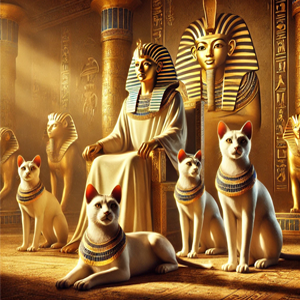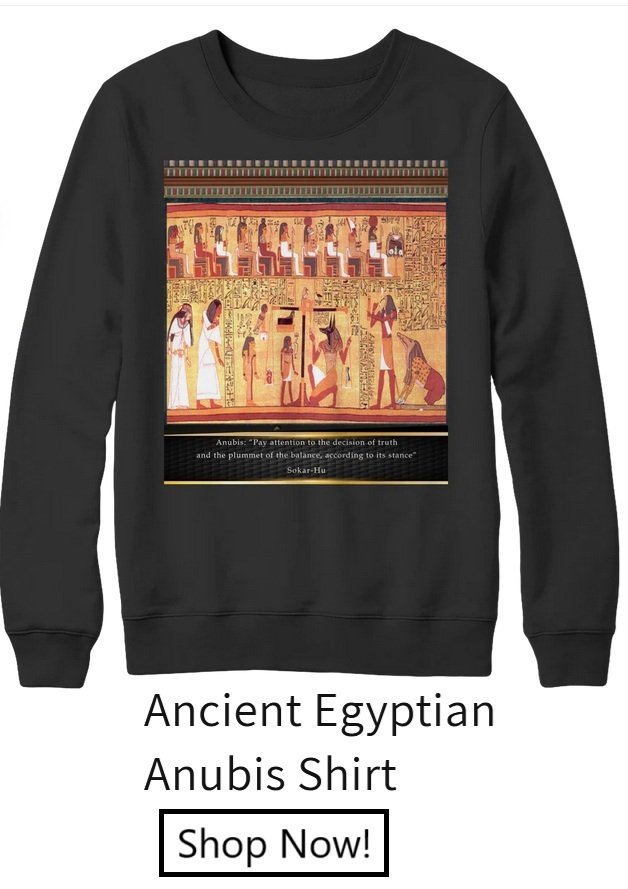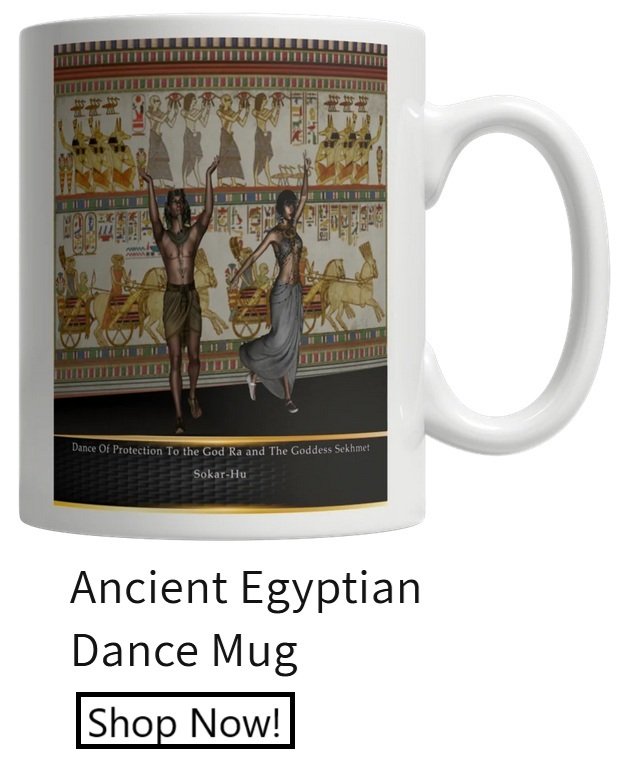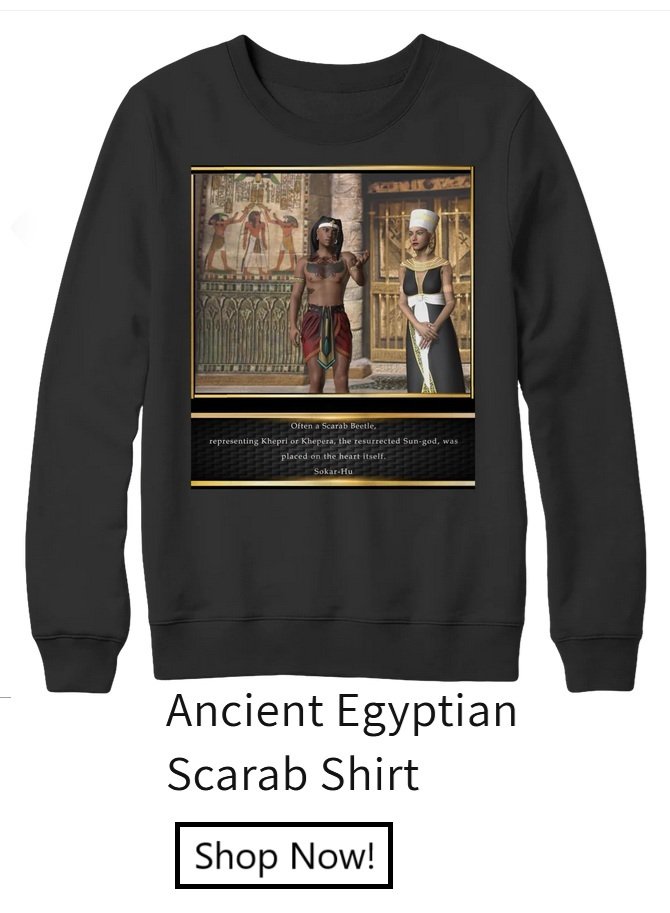 In the golden age of ancient Egypt, during the brief yet legendary reign of the boy king Tutankhamun, the gods were ever-present in the lives of the people. One of the most powerful among them was Sekhmet, the lioness-headed goddess of war and healing. Known for her fierce, protective nature, Sekhmet’s presence was felt everywhere in Egypt—from the great temples to humble homes—and during Tutankhamun’s rule, her influence on daily life and even on beloved pets became undeniable.
In the golden age of ancient Egypt, during the brief yet legendary reign of the boy king Tutankhamun, the gods were ever-present in the lives of the people. One of the most powerful among them was Sekhmet, the lioness-headed goddess of war and healing. Known for her fierce, protective nature, Sekhmet’s presence was felt everywhere in Egypt—from the great temples to humble homes—and during Tutankhamun’s rule, her influence on daily life and even on beloved pets became undeniable.
The Rise of Sekhmet’s Influence
Young Tutankhamun ascended the throne in a time of political and spiritual unrest. The previous pharaoh, Akhenaten, had disrupted the traditional worship of the gods by introducing Aten, the sun disk, as the singular deity, relegating Egypt’s beloved gods to the shadows. When Tutankhamun restored the old gods, a wave of renewed devotion swept across the land. The people sought divine protection, and Sekhmet, known for both her wrath and healing, became one of the most revered figures, especially in the royal court.
In the great temples, Sekhmet’s statues stood tall, her lioness face watching over the people with unyielding strength. Priests performed rituals to call upon her blessings, praying for health and protection. During Tutankhamun’s reign, Sekhmet’s ferocity was a symbol of stability—a fierce guardian ensuring that Egypt remained safe from enemies and illness.
A Temple Cat’s Journey
In a small village on the banks of the Nile, not far from the bustling capital of Thebes, lived a humble priestess named Meri. She served in one of Sekhmet’s temples, where, each morning, she and the other priests would offer food and prayers to Sekhmet, asking for her protection over the people. Meri had always admired the strength and courage that Sekhmet symbolized, and it was said that her devotion was rewarded one fateful day.
One evening, as the temple grounds were lit by the soft glow of oil lamps, Meri heard a faint mewling sound. She followed the sound through the temple’s corridors, eventually finding a small, thin kitten crouched near a statue of Sekhmet. The kitten’s golden eyes reflected the flames, giving it an almost mystical quality. Taking this as a sign from Sekhmet, Meri took the kitten in, naming her Hatshepsut after the great female pharaoh, and raised her within the temple grounds.
Hatshepsut the cat became a beloved figure within the temple. As she grew, she would often sit near Sekhmet’s statue during prayers, her golden eyes alert and watchful. Over time, the temple priests began to see Hatshepsut as an extension of Sekhmet’s protective spirit, believing that she watched over them as the goddess did.
A Royal Feline Companion
Word of Hatshepsut’s presence reached the royal court, where the young King Tutankhamun himself became curious about the temple’s “sacred” cat. Tutankhamun, despite his age, had a deep respect for the gods and their symbols. He decided to visit the temple to see Hatshepsut, the cat who had become the living embodiment of Sekhmet’s protection.
When Tutankhamun arrived at the temple, the priests welcomed him with reverence, guiding him to Sekhmet’s statue, where Hatshepsut was resting. The king, enchanted by the cat’s graceful yet powerful demeanor, reached out to stroke her head. Hatshepsut responded with a gentle purr, her golden eyes meeting the young king’s gaze. It was in that moment that Tutankhamun decided to honor Sekhmet further by embracing the idea of cats as divine protectors.
Upon returning to the palace, Tutankhamun instructed that cats be allowed within the royal grounds, believing that these feline companions would bring Sekhmet’s blessings and protect the royal family. Thus, cats became cherished symbols of protection, their presence a reminder of Sekhmet’s watchful gaze.
The Legacy of Feline Protectors
Tutankhamun’s devotion to Sekhmet and her feline protectors began to influence the people of Egypt. Cats, which had always been respected, soon took on an even more significant role in daily life. Families began adopting cats, believing that by doing so, they invited Sekhmet’s protection into their homes. The image of cats guarding the house from ill fortune and evil spirits became deeply embedded in Egyptian culture.
Temple statues of Sekhmet often depicted her with smaller feline companions, honoring the belief that her spirit was present within all cats. Merchants traveling along the Nile would carry small cat amulets, hoping for Sekhmet’s protection during their journeys, while artisans carved statues of Sekhmet surrounded by lions and cats, which would be placed at entryways to protect against harm.
A Royal Tribute
Tutankhamun’s appreciation for Sekhmet’s feline companions grew as he learned more about the myths surrounding her. In one story, Sekhmet was sent by Ra to protect Egypt from chaos, transforming into a lioness and unleashing her fury upon those who threatened the land. Her feline nature became a symbol of watchfulness and strength, which resonated deeply with the king.
In honor of Sekhmet and the protection cats symbolized, Tutankhamun ordered the creation of golden amulets in the shape of cats, which he gifted to his closest advisors. It was said that by wearing these amulets, the wearers would be under the protection of Sekhmet herself. The court adopted this practice, and soon, anyone close to the king wore a small symbol of Sekhmet’s feline guardianship.
The Eternal Guardians
Long after Tutankhamun’s death, his devotion to Sekhmet and her sacred animals continued to influence Egyptian culture. Cats remained revered as divine protectors, their presence believed to safeguard households and temples alike. Even as new rulers came to power, Sekhmet’s influence never waned, and her symbol—both fierce and loving—was always present in the form of Egypt’s sacred cats.
Today, the story of Tutankhamun’s respect for Sekhmet and her feline guardians remains a testament to the lasting legacy of ancient Egyptian beliefs. Through Sekhmet’s influence, the people of Egypt saw their pets as more than animals; they were symbols of divine protection, reminding all who beheld them that the spirit of the lioness goddess was always near.




 In the golden age of ancient Egypt, during the brief yet legendary reign of the boy king Tutankhamun, the gods were ever-present in the lives of the people. One of the most powerful among them was Sekhmet, the lioness-headed goddess of war and healing. Known for her fierce, protective nature, Sekhmet’s presence was felt everywhere in Egypt—from the great temples to humble homes—and during Tutankhamun’s rule, her influence on daily life and even on beloved pets became undeniable.
In the golden age of ancient Egypt, during the brief yet legendary reign of the boy king Tutankhamun, the gods were ever-present in the lives of the people. One of the most powerful among them was Sekhmet, the lioness-headed goddess of war and healing. Known for her fierce, protective nature, Sekhmet’s presence was felt everywhere in Egypt—from the great temples to humble homes—and during Tutankhamun’s rule, her influence on daily life and even on beloved pets became undeniable.